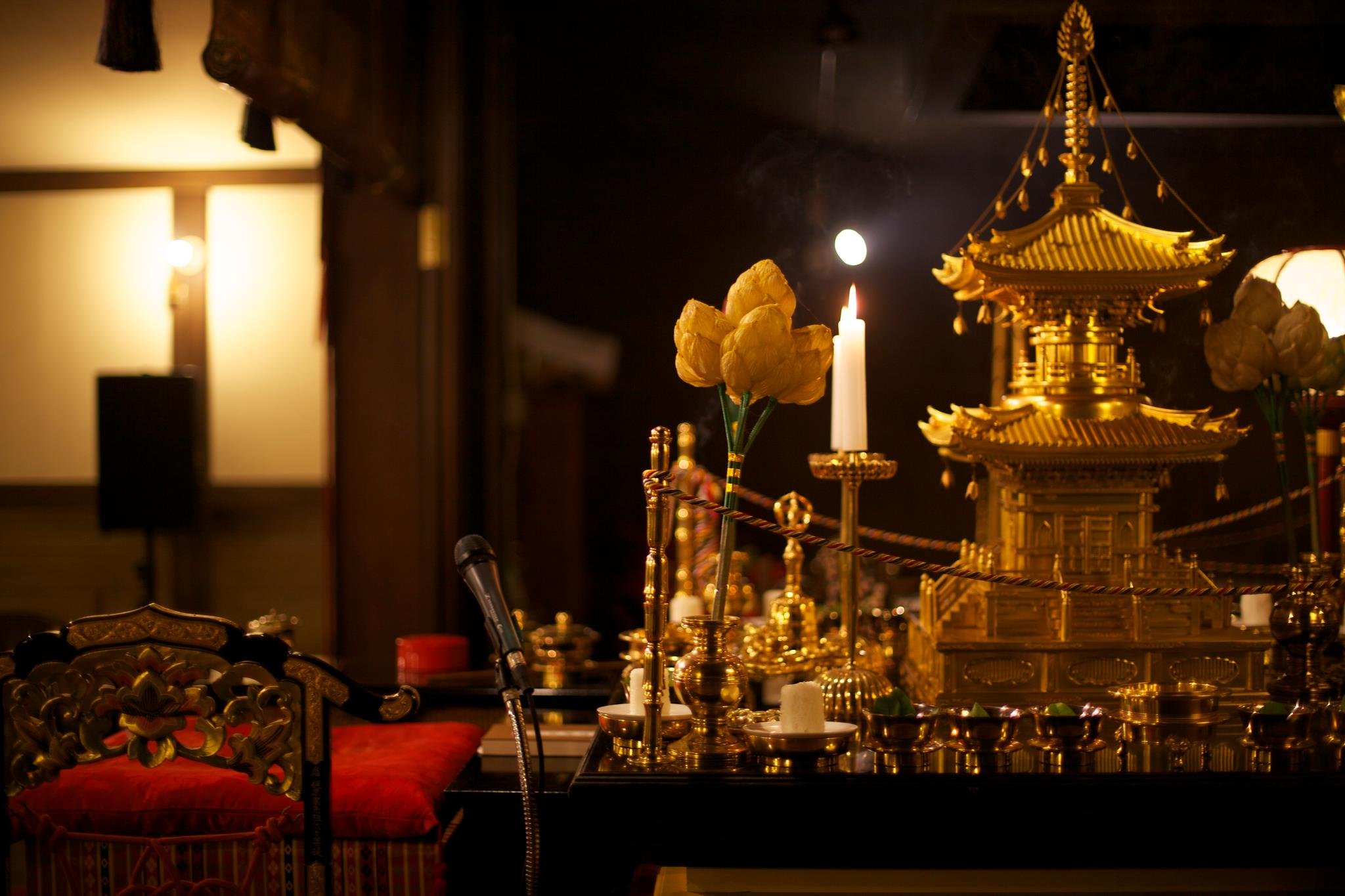
Seattle Koyasan
Shingon Buddhist Temple
Services every Sunday at noon.
Guided meditations:
Monday at 6PM
Wednesdays at 1PM and 6PM
Saturdays at 9AM
In-person and online
Announcements
-
Monthly Academic Webinar Series
Suchness (真如)never can be pinned down, however, vastness could alienate people from practicing Buddhism. Shingon Buddhism’s uniqueness is to let Buddhism be tangible. If so, this is also a Seattle Koyasan’s responsibility to assist our practitioners in making tangible maps.
I came to the U.S. in 2006, assigned to Seattle Koyasan. Since then, I have realized that the American Buddhists have tendency to enter Buddhism through books. They normally knock Seattle Koyasan’s gate after reading 5 or 10 books about Buddhism at least. Maybe, Christians in Japan would do the same when they first visit churches. Anyway, that’s why, we prioritize letting people ground down the Buddhist wisdom on their daily livings, rather than focusing on delivering knowledge. Seattle Koyasan has responsibility as a dojo that originally means a place to practice Buddhism.
However, leading the community nearly for 20 years, I started feeling the necessity to provide accurate pieces of knowledge upon certain key topics that could help our practitioners form their map of Shingon Buddhism tangible. From this time on, we will provide wedges from which you can draw the shape of Shingon Buddhism accurately.UPCOMING WEBINARS:

-
Year-End Fundraising Bake Sale
Excitement is in the air! Get ready to be part of something extraordinary at Seattle Koyasan Buddhist Temple's Year-End Bake Sale! 🎉 🎉
Onsite at the temple:
2-5 pm, Sat. Dec. 20, 2025
Online: We are considering to make certain items available for online donors in the U.S.. Pre-order your item now and we'll ship them to you on that date!
Any amount of donations will support our operation and to create and offer programs that will propagate Shingon teaching. Please be part of our mission to make this world a little more compassionate place by creating more local Bodhisattvas!
We need a few in-person volunteers for Wed- Friday Dec 16-19. between 2 pm and 5 pm to help our chef bake, and on Saturday Dec. 20 from 12:30 until the end of the bake sale to help sell the goodies.
Volunteers please email contact@seattlekoyasan.com with the title “Volunteering for Bake Sale.”

Upcoming Events
All events are held both in person and online. Please click the event link below to register:
Meditations
